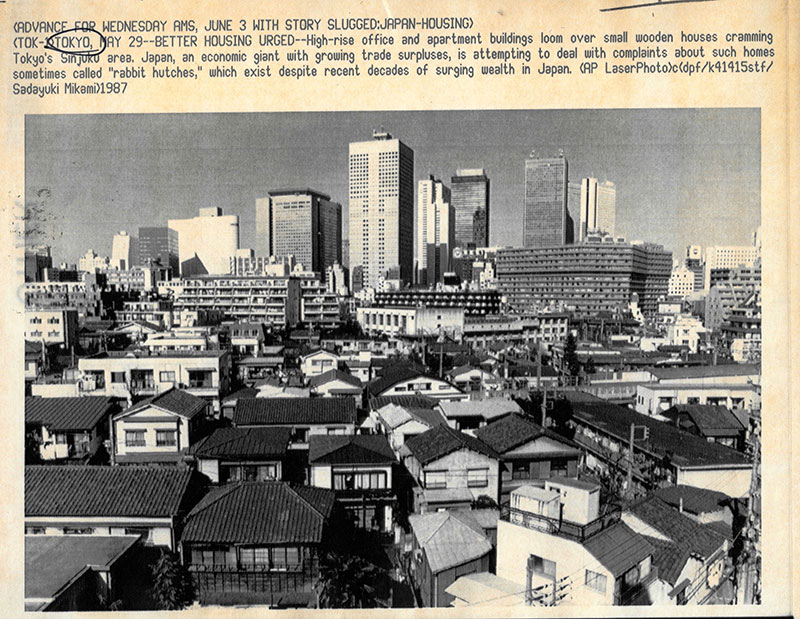
Jorge Almazán and I wrote an op-ed for Nikkei Asia, in which we argue that Tokyo’s current “once in a century” modernization push is risking to destroy the city’s unique urbanism. The city’s archetypical neighborhoods came about in the postwar period without planning, but they need increasing protection from large-scale redevelopments.
Here are the first two paragraphs. Get in touch if you want to read the full text:
“Despite being the largest urban agglomeration in the world, Tokyo works. It is surprisingly human in scale, walkable and safe. Its success is rooted not in a high-rise, futuristic cityscape but in its intimate neighbourhoods. These dense, low-rise, often mixed-use enclaves — traditionally rich in small retail and businesses, community ties and flexible spaces — have made Tokyo one of the most liveable cities in the world.
But this Tokyo is under threat. A new wave of large-scale redevelopments, imposed from the top down without planning or long-term vision, is reshaping the urban fabric — particularly around train stations. The new developments replace commercial streets for privatized plazas that eliminate true public space. Without stronger protections, Tokyo risks losing the very model that made it so successful. (…)”

Thank you very much for writing this article. So many of us in Tokyo are in despair because of the ongoing destruction of Tokyo’s treasures. The governor and construction companies seem to be in collusion and determined to make huge profits for themselves. They are like a solid wall which we can’t overcome. Hibiya Park is being destroyed before our eyes. Jingu Gaien is a tragedy. And so many more. If you are in Tokyo, would you like to meet some of us for a discussion? Could you give a talk at the Foreign Correspondents Press Club? Do you know about The International House of Japan? It’s also in danger. It’s so depressing…
Excellent article. Being a resident of Shimokitazawa, I recognize that the Odakyu redevelopment was respectful in the way you describe, but there is another side to development in the neighbourhood. The local government is encouraging micro-redevlopment of perfectly good existing buildings into modern high-end mixed use blocks where retail rents are typically 50-100% higher than before, killing the very independent soul of the district. I do hope for policy change in this area.